During my roadtrip through Germany last summer, I tried to visit as many UNESCO sites as possible. It’s something I’ve done for a few years during my travels, and I’m currently up to 120 sites worldwide. The UNESCO World Heritage Sites are places designated by the UN for their outstanding cultural and/or natural heritage and their importance to the collective interests of humanity – and usually, that means they’re places well worth exploring.
Germany has a lot of them, 51 to be exact, and I managed to visit 19 of them last year. Four of them were in one single day, when I travelled from the Black Forest and up north near Frankfurt am Main via the historic city of Heidelberg.
Speyer Cathedral
I set off in the morning after visiting Maulbronn Monastery which I covered in my previous post about the Black Forest. My next destination was yet another Christian monument, the Speyer Cathedral. Considered to be a turning point in European architecture, the cathedral with its four towers and two domes was founded in 1030 and remodelled at the end of the 11th century. For almost 300 years, it was the burial site of the German emperors and kings, and it remains the largest Romanesque church in the world, and one of the most important of its kind in Germany. In 1925, Pope Pius XI raised the rank of the cathedral to a minor basilica of the Roman Catholic Church and today, the cathedral is the seat of the Roman Catholic Bishop of Speyer.
I paid just 1,5 euros for an hour of parking right next to the cathedral and with free entrance, it was a cheap visit. I didn’t need an hour though as the cathedral was quickly explored. While its red sandstone exterior is unique and interesting, there’s not that much to see on the inside. There are hardly any murals or other decorations, and compared to the outstanding Wieskirche that I’d previously visited on my roadtrip, I wasn’t truly wowed by Speyer Cathedral.
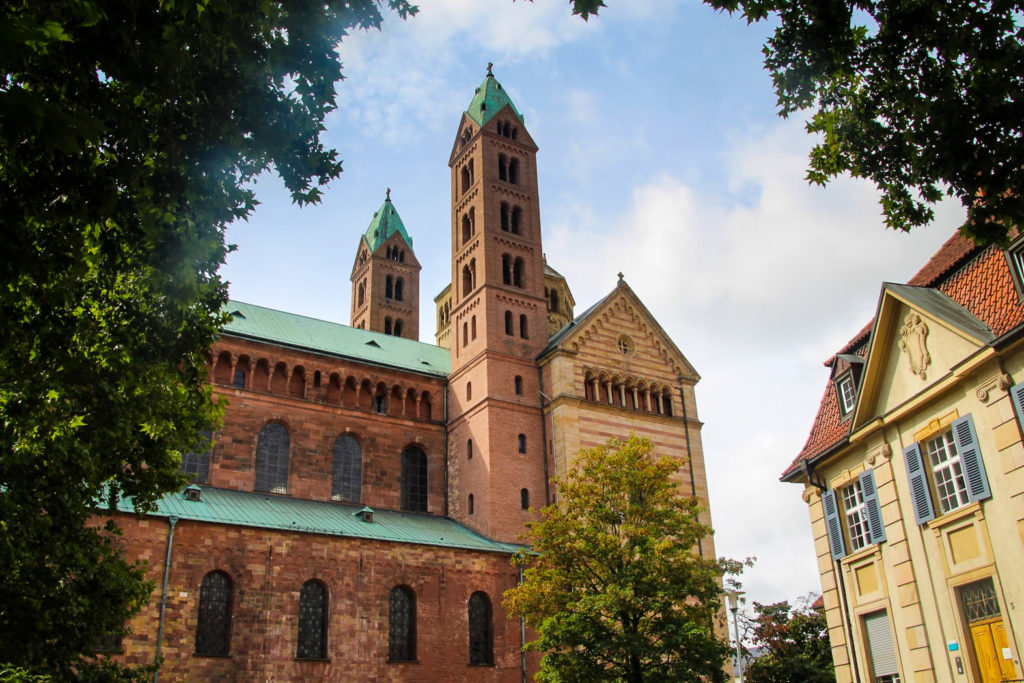
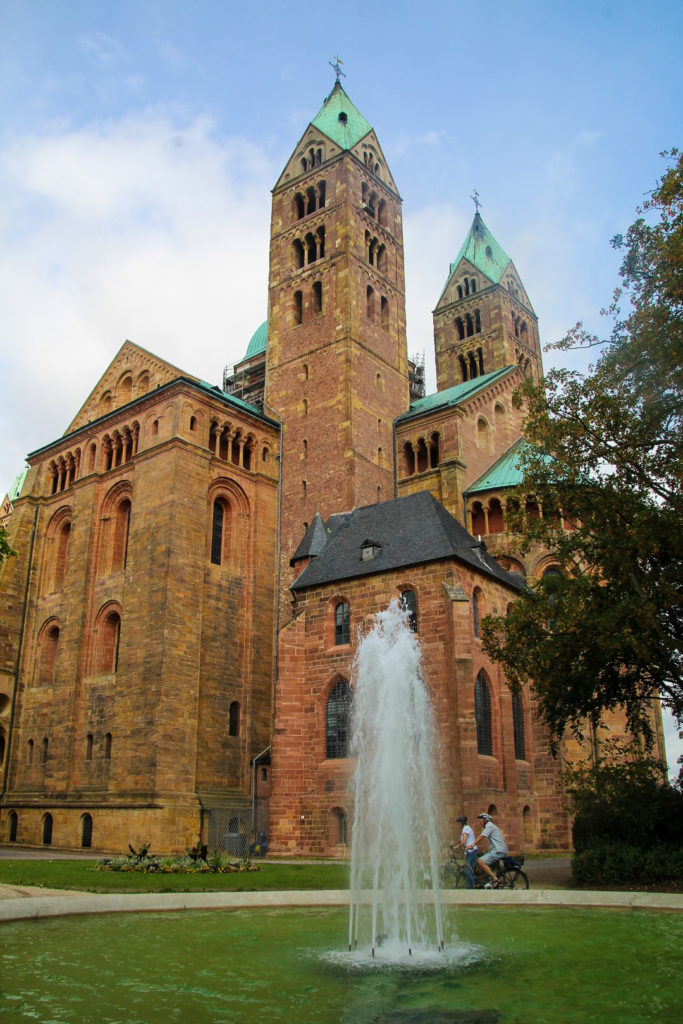

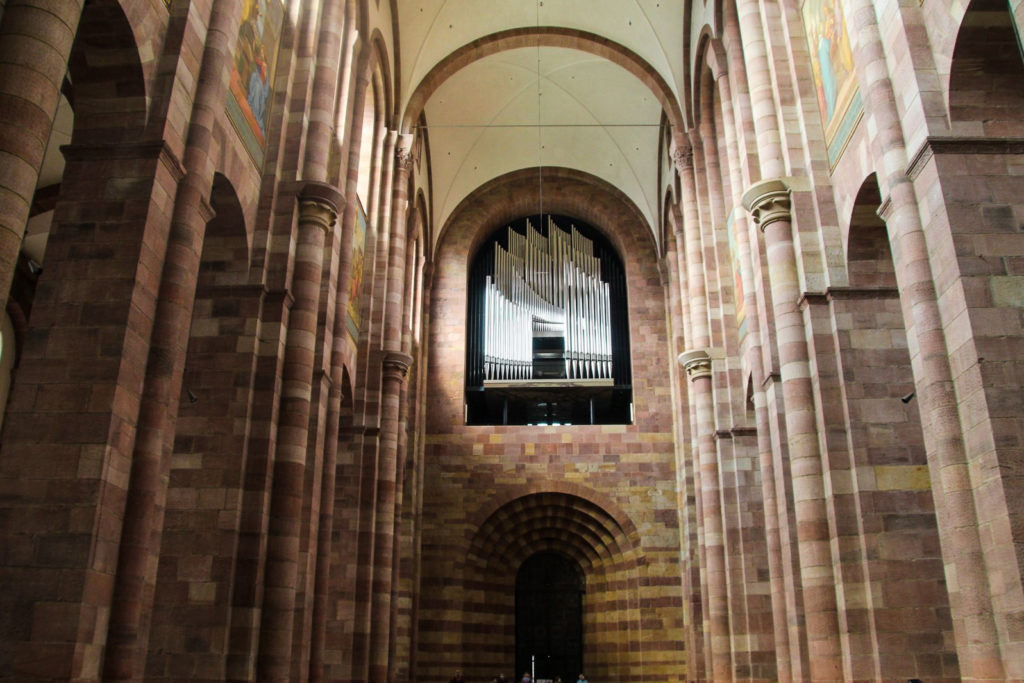
The historic city of Heidelberg
Continuing north, I drove through the city of Mannheim and thought to myself how incredibly ugly the city is. Out of curiosity, I later googled the ugliest cities in Germany, and it turns out Mannheim is considered the second-ugliest city in the country – after nearby Ludwigshafen. Luckily, Heidelberg was where I was headed, and it’s the opposite of those two ugly cities.
Heidelberg is a hub for arts and science, it’s full of gorgeous old buildings (as it was not targeted during WW2), it’s overlooked by a medieval castle, and it’s even home to the oldest university in Germany, founded in 1386. Heidelberg is enchanting and romantic, and a breath of fresh air amidsts the densely populated industrial cities of the Rhine-Neckar Metropolitan Region.
I visited Heidelberg for my lunch break, eager to get some steps in after several hours of driving. I strolled along the cobbled streets of the Baroque old town, wandered through narrow alleyways and paid a visit to the Church of the Holy Spirit, constructed between 1398 and 1441 on the old market square.
I bought a vegan sandwich and a coke zero, and continued my own little walking tour of the city centre. I visited the university, and crossed the historic bridge, Alte Brücke, to the other side of the river Neckar. There, I found the most gorgeous view of the city. With the bridge in the foreground, the old centre with the Church of the Holy Spirit towering above it and the castle against the forested mountains in the backdrop, it was like a real-life postcard.
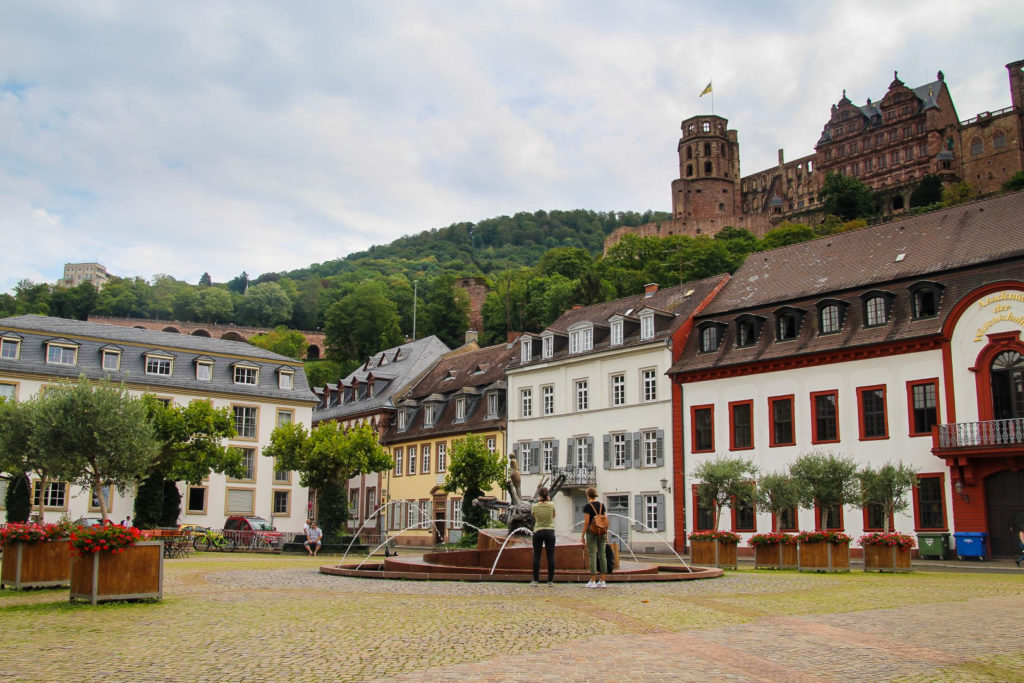
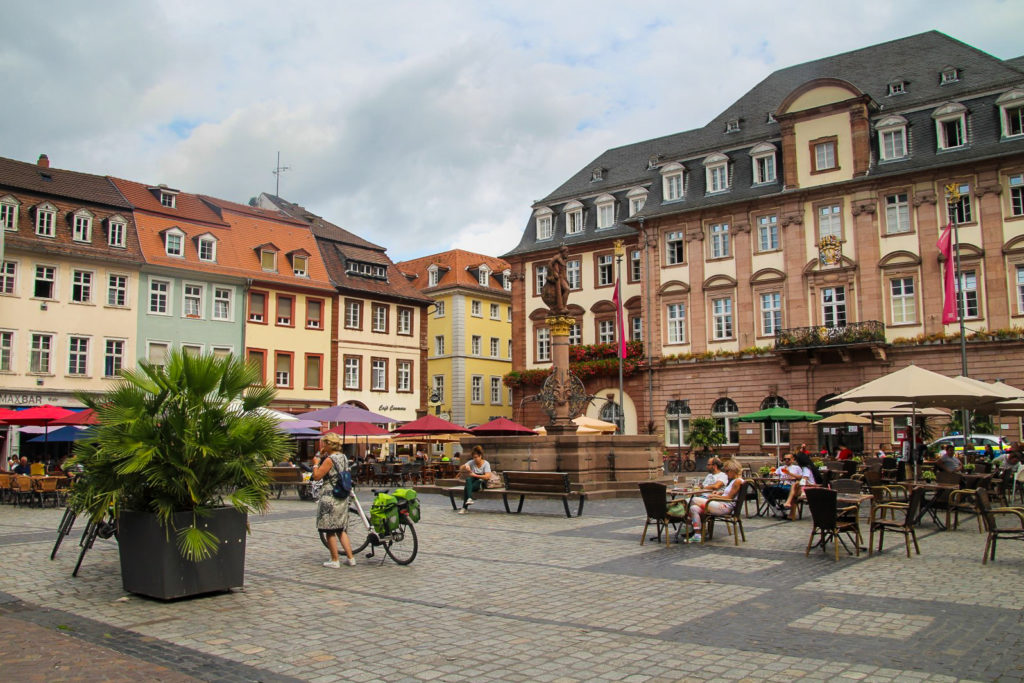
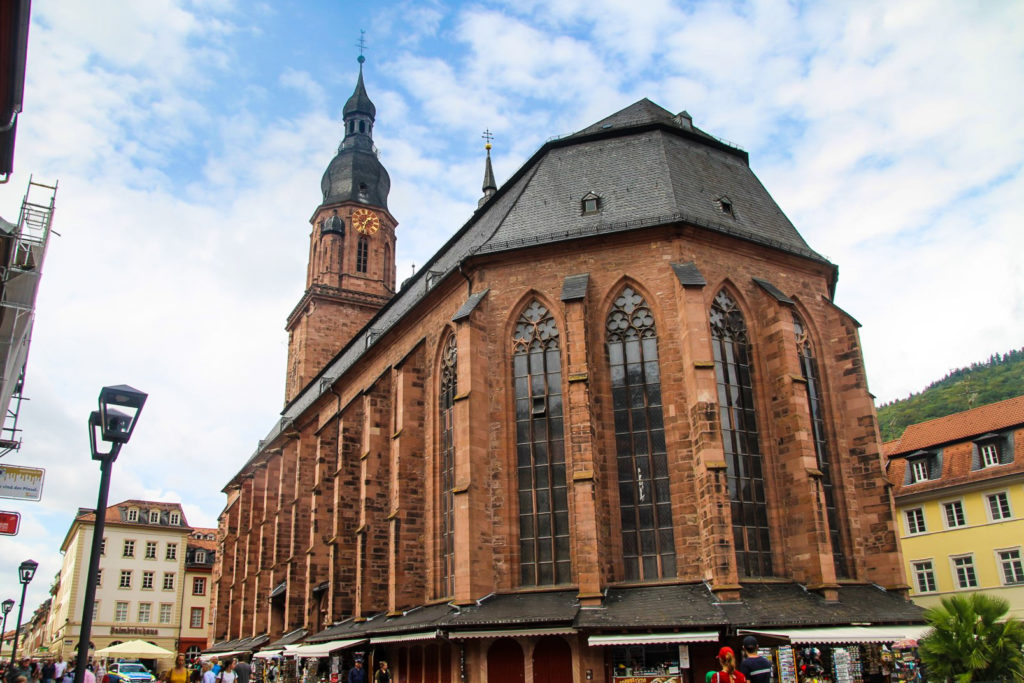
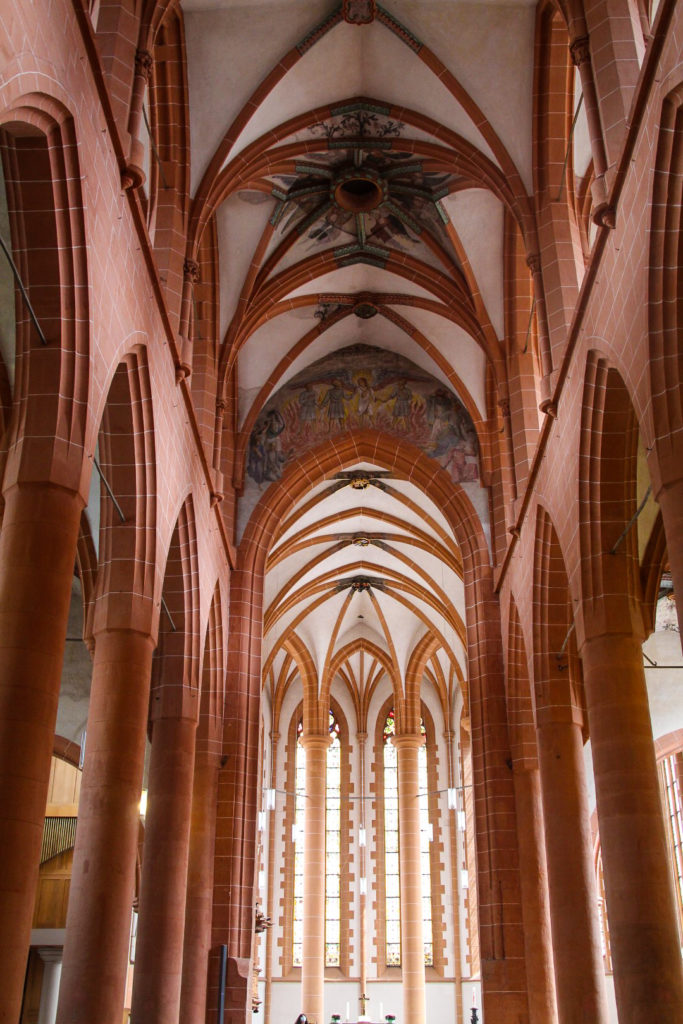
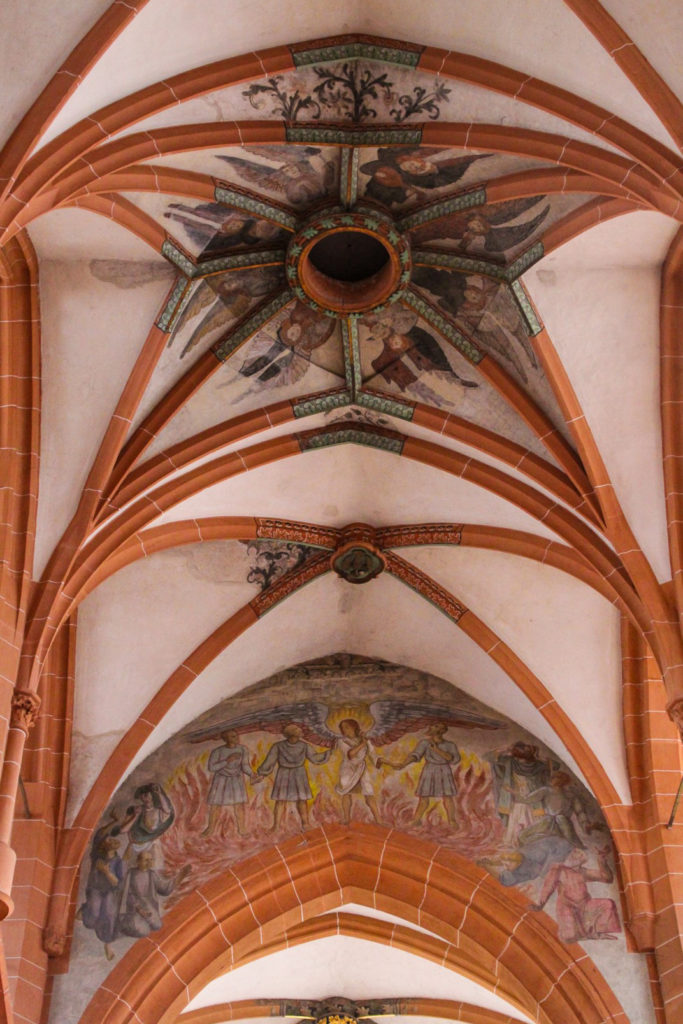
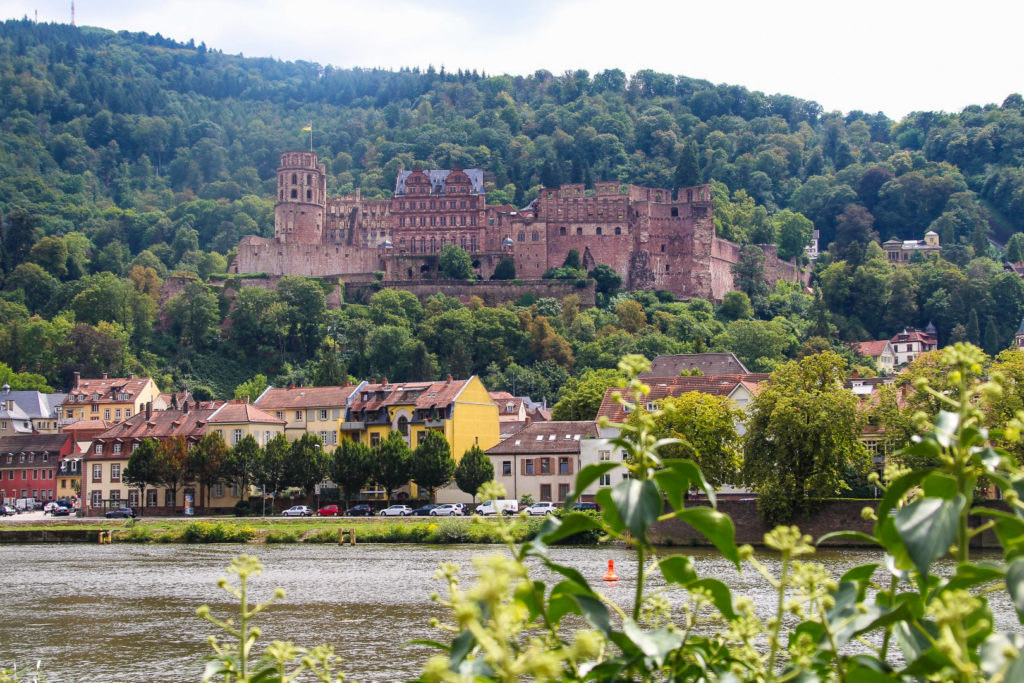
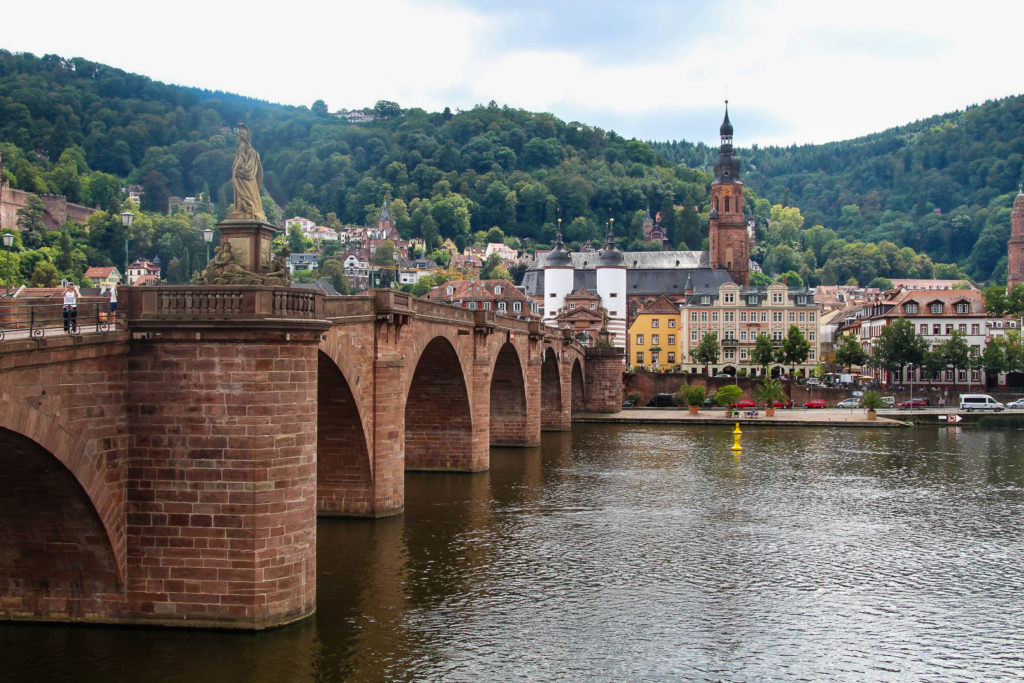
The Abbey and Altenmünster of Lorsch
After my cultural lunch break, I continued along the highways to my next UNESCO destination, the former Lorsch Abbey, one of the most important monasteries of the Carolingian Empire that dominated large parts of western and central Europe from 800–888 AD. Among the artifacts found at the site was the Lorsch Codex, a chronicle compiled in the 1170s, which is of utmost importance for our understanding of early Medieval German history.
I parked my rental car at the free parking lot nearby (very rare in Germany!) and walked through fields to the ruins of the Altenmünster, the former abbey. Not much has been preserved at this site, other than the foundations, but it was still worth visiting to get a full understanding of the site.
I walked back to the main site where a Romanesque chapel stands atop a hill. It’s the only part of a large Carolingian basilica that has survived to this day. In front of the chapel stands the most famous structure of the site; Torhalle, thought to have been built in the mid-9th century AD as an entrance gate to the monastery. Although small in size, Torhalle is an outstanding structure with an exquisitely decorated facade, which combines elements of Roman and Teutonic architectural styles.
I really enjoyed wandering around the remains of the monastery. I was alone at the site, and it was incredibly peaceful. Perhaps the most peaceful place I’ve ever been to.
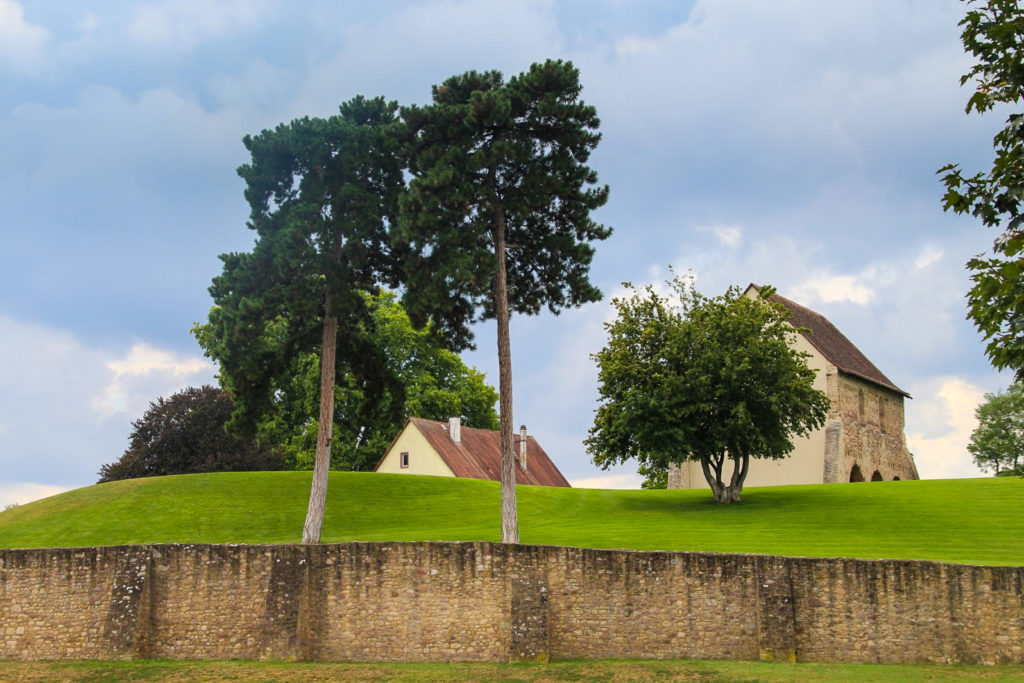
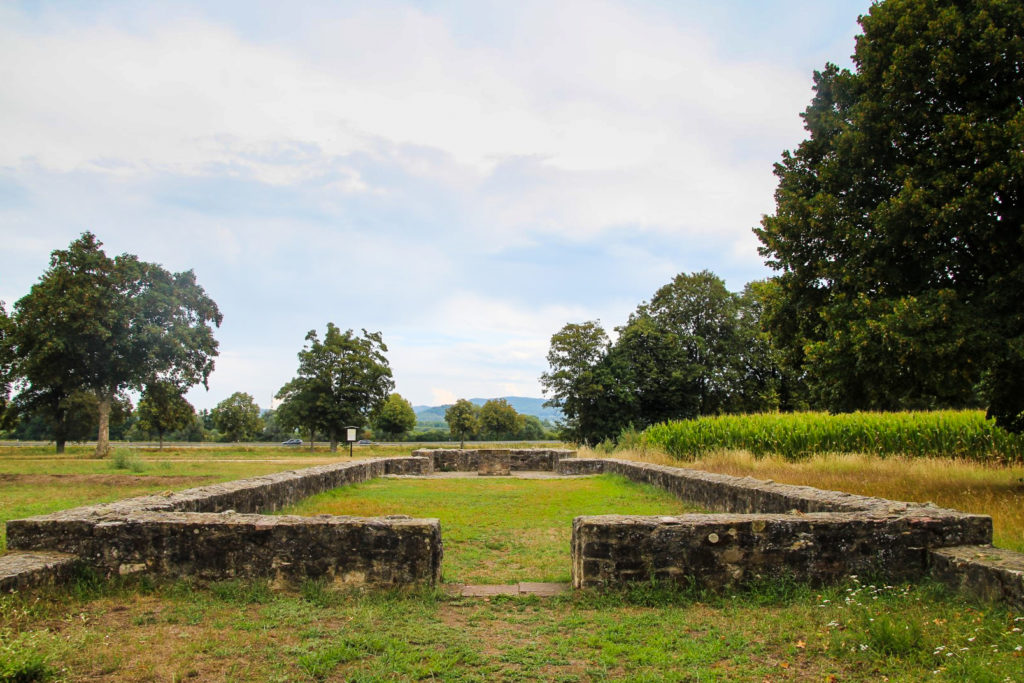
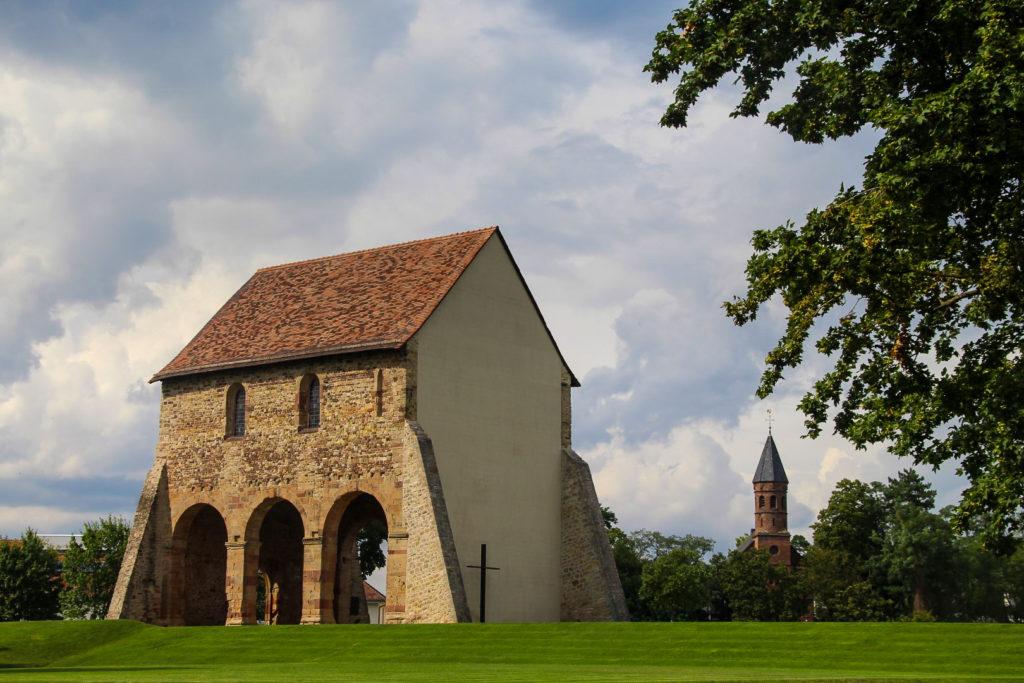
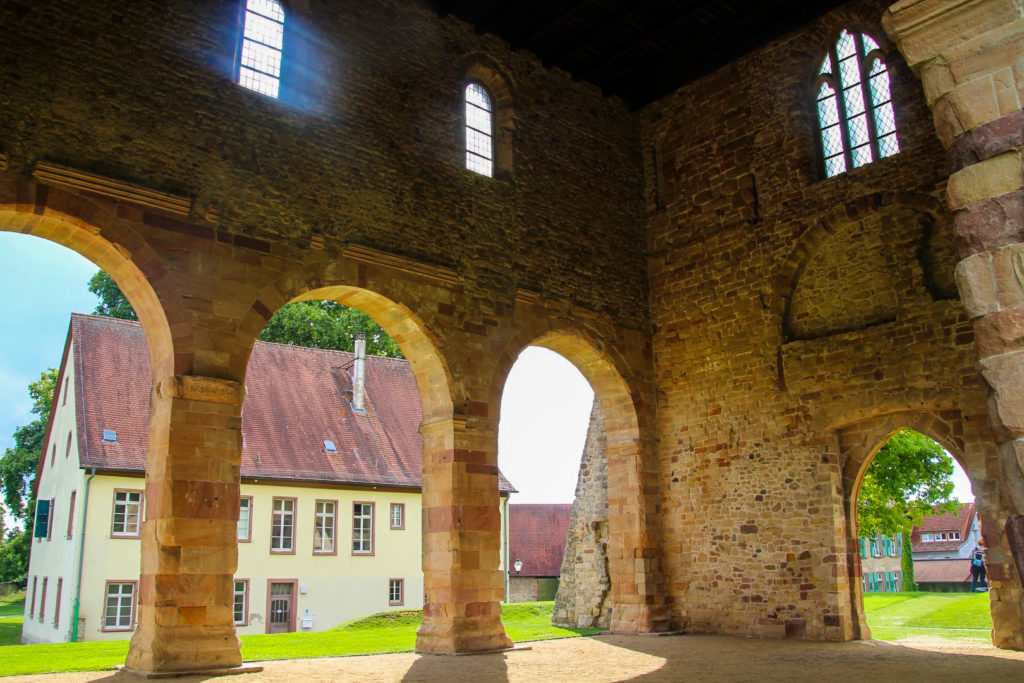
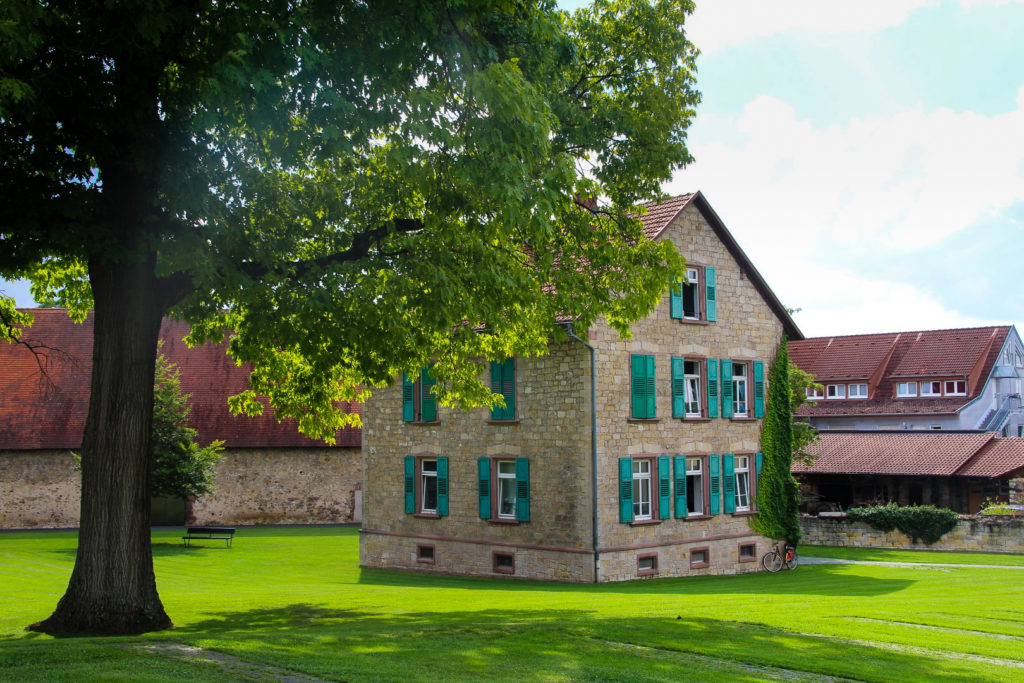
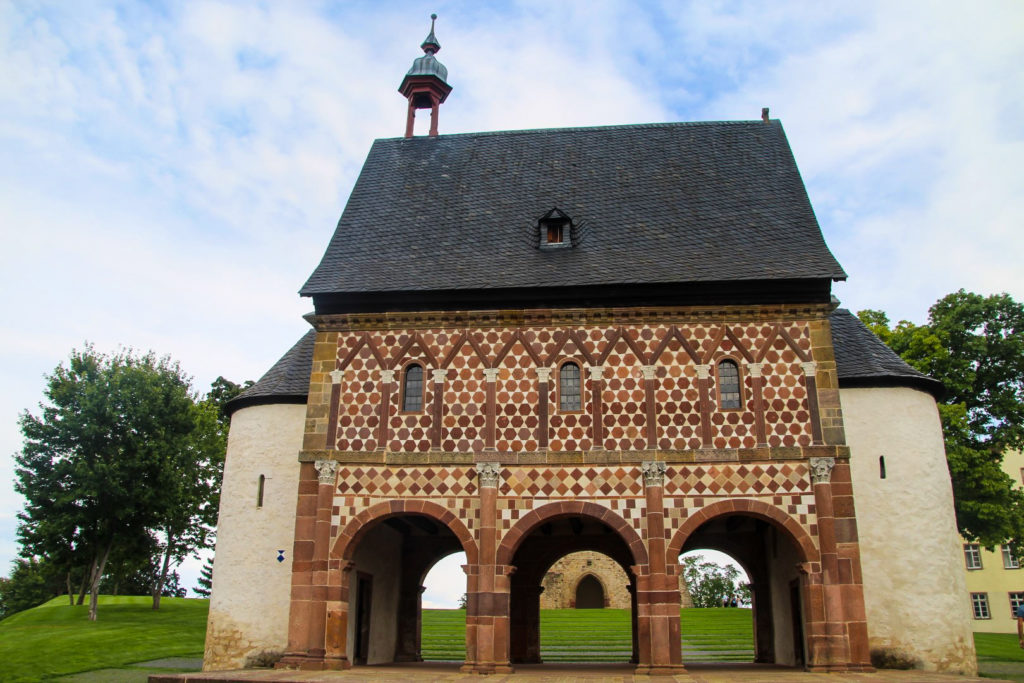

Messel Pit Fossil Site
The fourth and last UNESCO site of the day was the Messel Pit Fossil Site, a disused quarry which is of significant geological and scientific importance due to its abundance of fossils including over 10,000 fish, thousands of insects and small mammals, birds, crocodiles and alligators, early relatives of horses and over 30 plant species. The Messel deposits were formed during the Eocene, 47 million years ago.
Among the most peculiar finds are nine mating pairs of fossilized turtles that seemingly died instantly when they started mating in an ancient lake that was once part of a larger series of lakes at the site. Once they started sinking into the water, they were overcome by the release of toxic volcanic gas stemming from geological and tectonical activity. The gas killed the turtles instantly, and they were buried in the lakebed sediment, frozen in action.
Fossils were first discovered at the site during mining activities in the late 19th century to the early 20th century. It was later decided that the area would become a landfill, but local protests halted these plans, and the site became a UNESCO World Heritage Site in 1995.
Unforuntately, I arrived five minutes past the closing time for the museum so I didn’t get to see any of the fossils, but I was able to view the pit itself from a viewing platform.
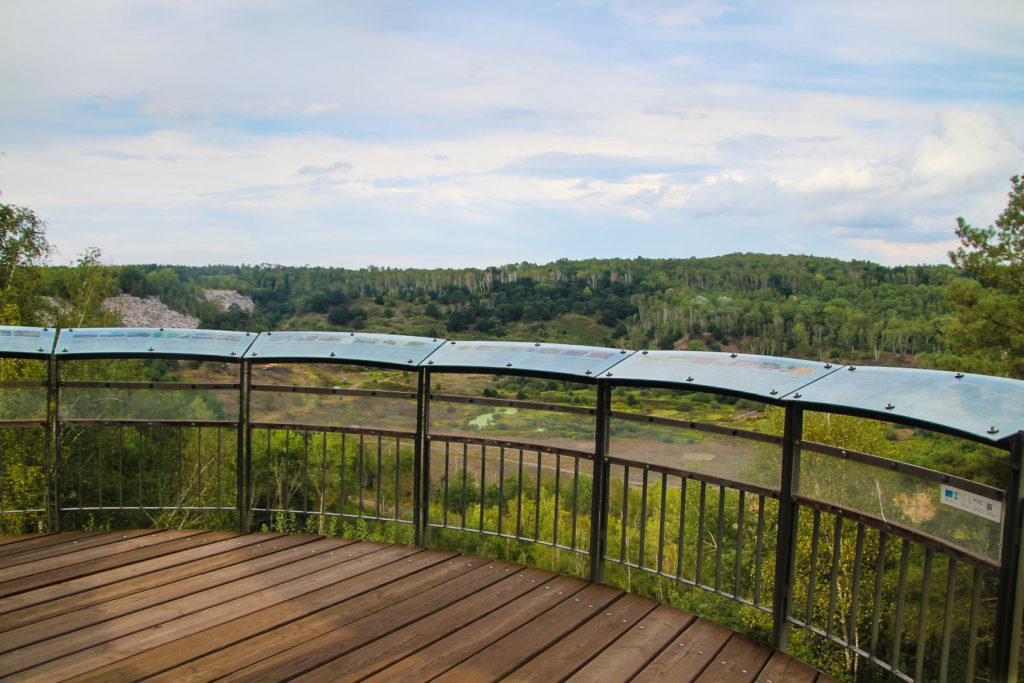
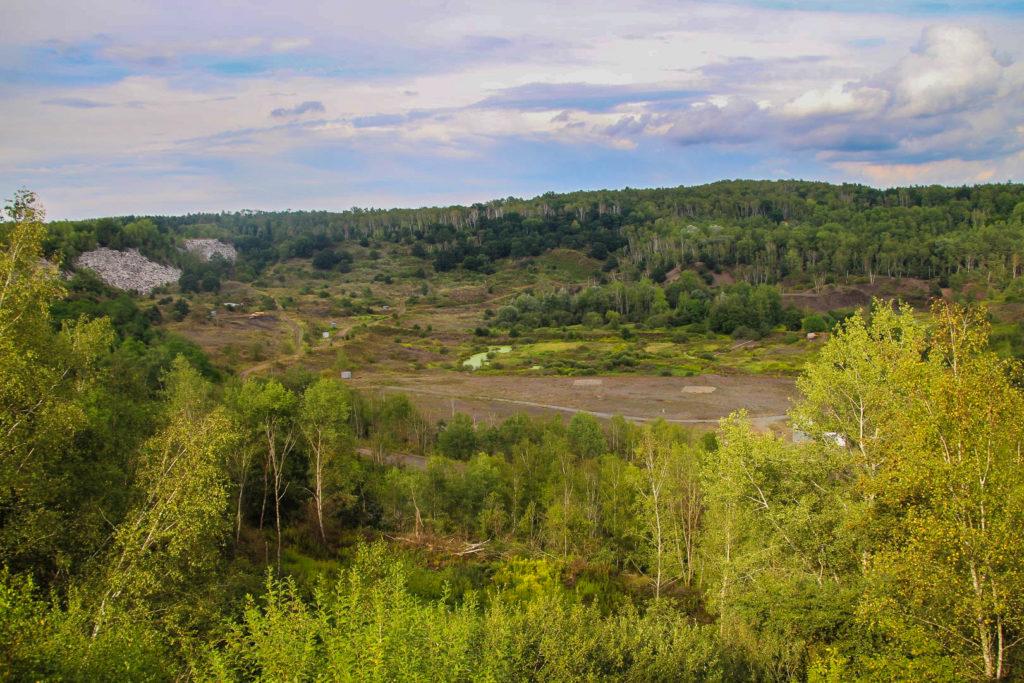
The Bahá’í Mother Temple of Europe
After several nights of sleeping in the car, I was exhausted and in need of a shower, so I decided to treat myself to a hotel room for the night. I found a place for 40 euros that included a private bathroom, free wifi and free parking, in a small village just west of Frankfurt am Main, near a place I’d been wanting to see for a long time. That place is the Bahá’í House of Worship in Hofheim-Langenhain, the Mother Temple of Europe, dedicated in 1964 after three and a half years of construction.
So after freshening up at the hotel, I drove to the temple and spent a good hour there before it closed for the night. I met a few Bahá’ís that live and serve in the area, and they told me all about their local Bahá’í community. Besides the Bahá’í Holy Places in Haifa and Akko in Israel, it’s the first official Bahá’í building I’ve seen. And I sure was impressed and humbled.
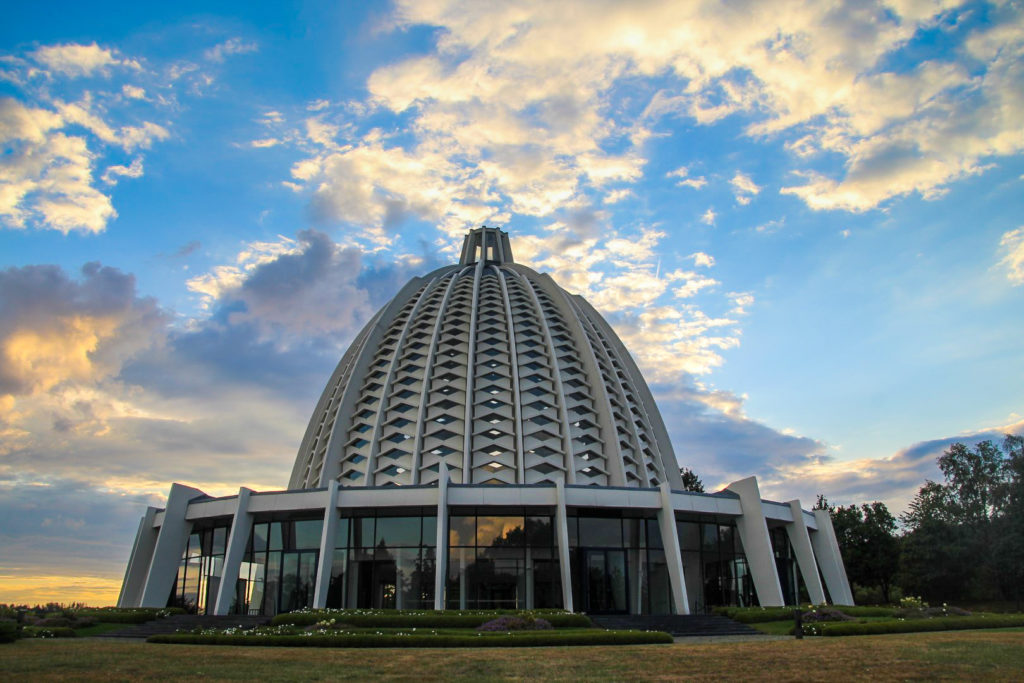
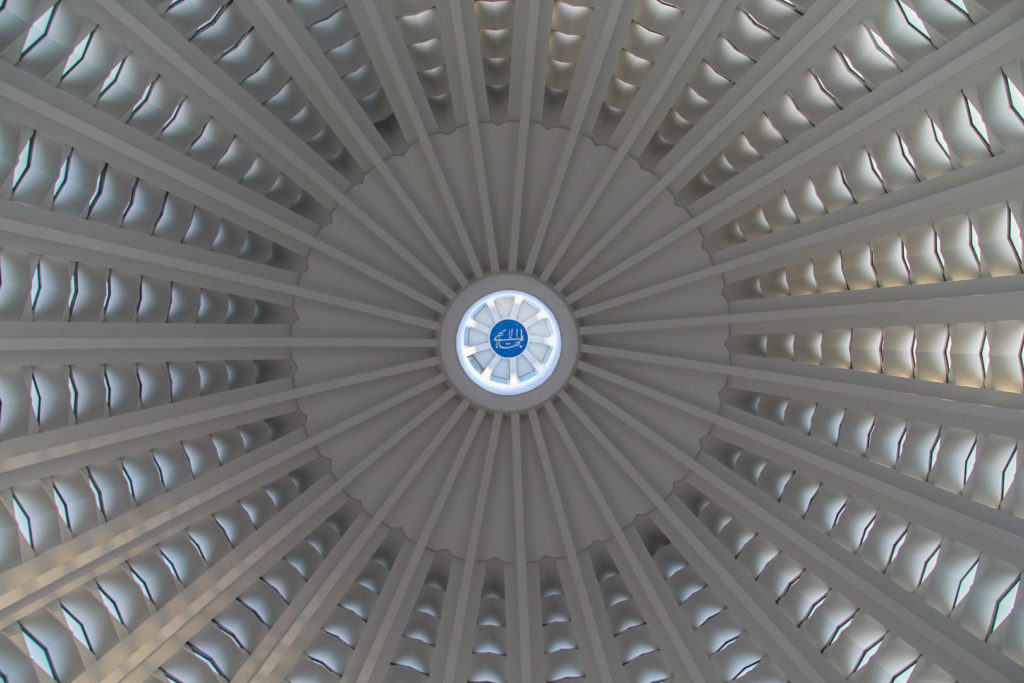
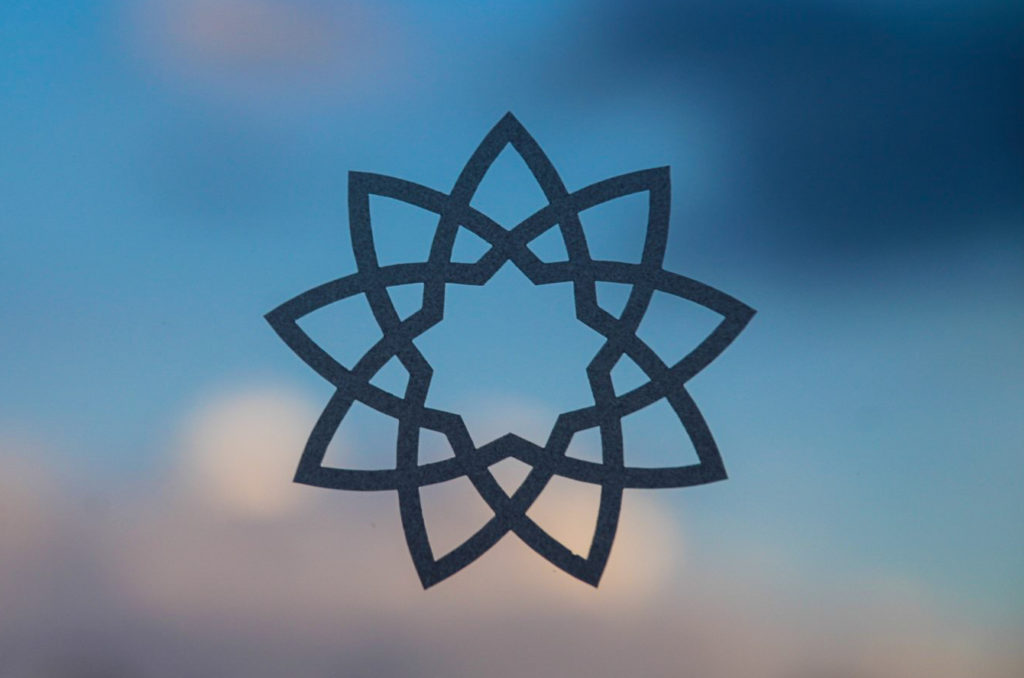
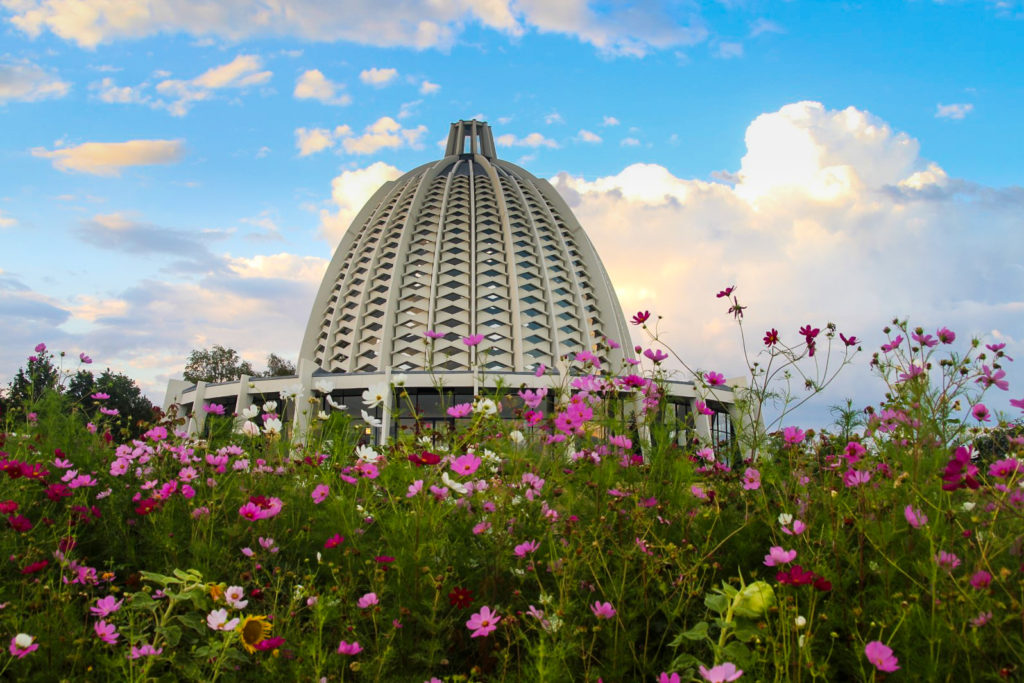
After a long day, it was perfect to spend my evening immersed in peace at the temple. As it closed for the night, I left to go to my hotel room for an early night before continuing on my roadtrip through Germany the following day.
WANT MORE INFO?: Download a city guide for Heidelberg with GPSmyCity here!
Leave a Comment
Pingback: Romantic Bavaria: Würzburg, Rothenburg ob der Tauber and Bamberg – Northtrotter on 30/08/2021

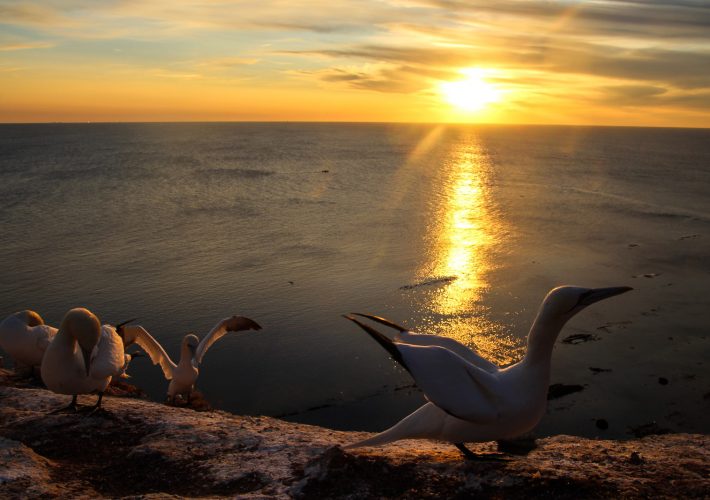
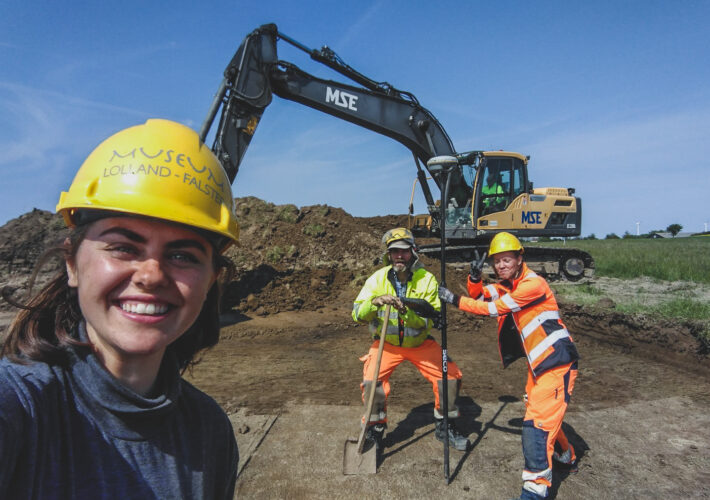

3 COMMENTS
Shaun Dorney
3 years agoAmazing place.
Looks like those Ba’Hai have some very big oranges to squeeze! 😂
Incredible photos and great read.
Thanks for taking us along your journeys
Melissa Cherry Villumsen
3 years agoHaha yeah I see what you mean 😂
Thank you, Shaun!